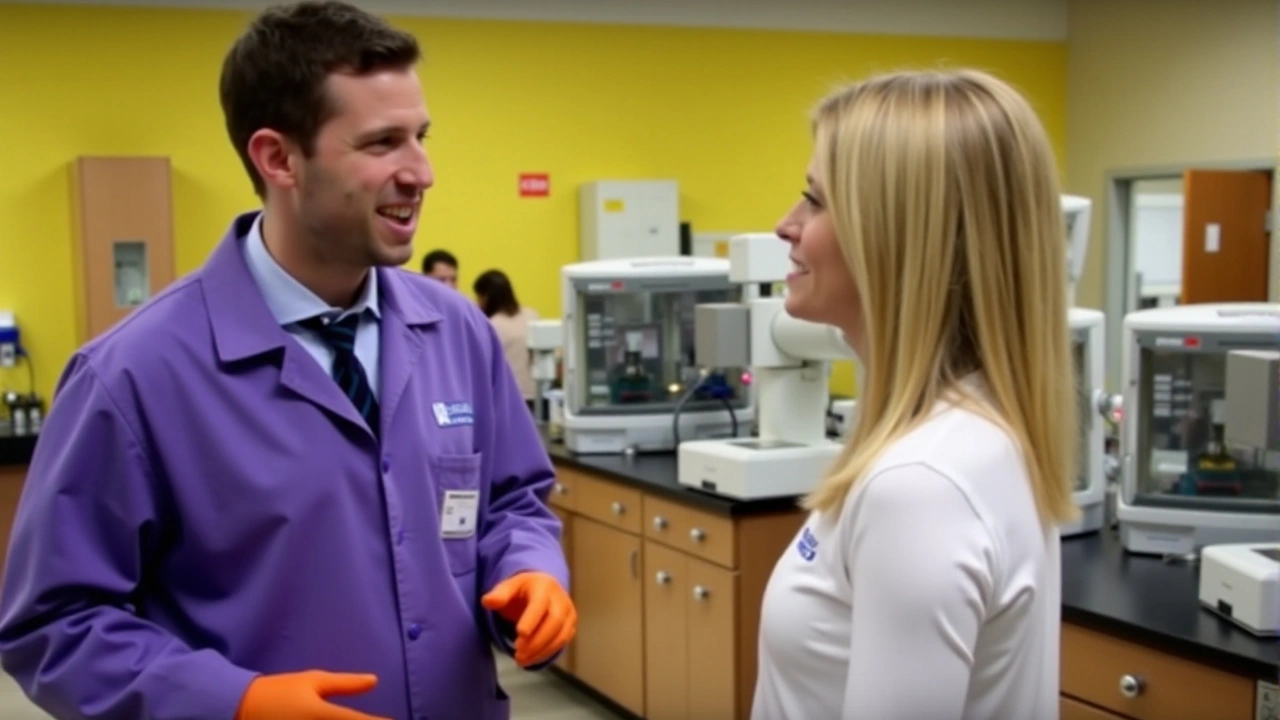Disulfiram: A Potential Game-Changer in the Fight Against Aggressive Brain Tumors
 Aug, 20 2024
Aug, 20 2024
Introduction: A New Hope for Brain Tumor Patients
The search for effective treatments for aggressive brain tumors has led scientists down many paths. Recently, a team of researchers discovered a surprising candidate in an unlikely place: disulfiram, a drug commonly used to treat alcohol abuse. This drug has shown potential in targeting and killing glioblastoma cells, the most aggressive form of brain cancer.
Understanding Glioblastoma: The Battle Continues
Glioblastoma is notorious for its poor prognosis and limited treatment options. Affecting thousands of patients worldwide, this type of brain cancer is both aggressive and difficult to treat. Traditional approaches, including surgery, radiation, and chemotherapy, often provide limited success and come with severe side effects.
The Need for Innovative Solutions
The limited effectiveness of current treatments necessitates the search for innovative solutions. Researchers have been exploring various angles, and the repurposing of disulfiram marks a significant breakthrough. This drug, initially intended to help alcoholics abstain from drinking, has displayed promising effects against glioblastoma cells in vitro.

The Breakthrough Discovery
The idea of repurposing disulfiram emerged from the observation of its mechanism of action. It is known to block enzyme activity in alcohol metabolism, causing unpleasant effects when alcohol is consumed. However, it turns out that the same pathway involved in this process also plays a role in cancer cell survival.
During laboratory experiments, scientists exposed glioblastoma cells to disulfiram. They observed that the drug not only killed the cancer cells but also significantly inhibited tumor growth. The results were nothing short of remarkable, as disulfiram demonstrated a level of effectiveness that surpassed many existing treatments.
How Disulfiram Targets Cancer Cells
Disulfiram's ability to target cancer cells lies in its interaction with copper. The drug chelates copper ions, forming a complex that disrupts cellular processes crucial for tumor cell survival. This copper-disulfiram complex interferes with the cancer cells' ability to manage oxidative stress, ultimately leading to their death.
The specificity of this action is especially promising because it minimizes damage to healthy cells, a common drawback of conventional cancer therapies. By targeting cancer cells more precisely, disulfiram represents a potential game-changer in brain cancer treatment.
Path to Clinical Trials: What Lies Ahead
Encouraged by the promising laboratory results, the researchers are now planning to advance to clinical trials. These trials will involve testing disulfiram on human patients with glioblastoma to evaluate its effectiveness and safety in a clinical setting.
While the journey from laboratory to clinical trials is a long one, filled with rigorous testing and regulatory approvals, the potential impact of this research is profound. If disulfiram proves to be effective in clinical trials, it could revolutionize the treatment landscape for glioblastoma patients.
Implications for Patients and the Medical Community
The repurposing of disulfiram offers new hope for patients who have limited options. For those diagnosed with glioblastoma, it means a potential new treatment that could extend their lives and improve their quality of life. For the medical community, it represents a breakthrough in understanding how existing drugs can be leveraged to combat complex conditions like brain cancer.

Conclusion: A Promising Future
The discovery that disulfiram may be effective against glioblastoma is a beacon of hope in the ongoing battle against brain cancer. The researchers' dedication to exploring unconventional avenues has led to this groundbreaking finding, and the upcoming clinical trials will be crucial in determining the drug's future role in cancer treatment.
As we await the outcomes of these trials, the potential for disulfiram to become a cornerstone in glioblastoma therapy is both exciting and inspiring. This research reminds us that sometimes, the most impactful solutions can come from the most unexpected places.
The medical community and patients alike will be watching closely, hopeful that disulfiram may soon offer a new lease on life for those battling one of the most challenging forms of cancer.

Chris Jagusch
August 21, 2024 AT 20:18Phillip Lee
August 22, 2024 AT 10:47Nancy N.
August 22, 2024 AT 12:29Katie Wilson
August 24, 2024 AT 06:17Shivani Tipnis
August 24, 2024 AT 23:36